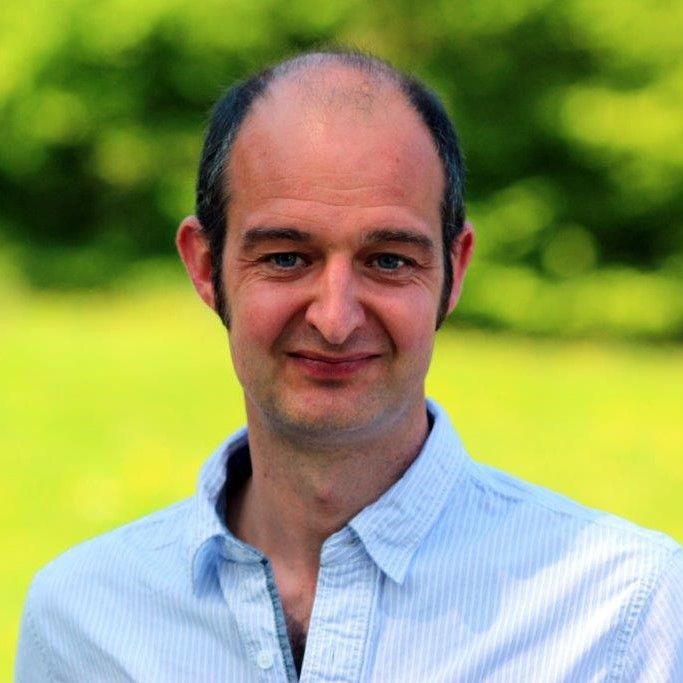
Jeremy Edwards
With over 20 years experience working with the UK National Nuclear Laboratory, and its forerunner organisations, Jeremy brings knowledge and awareness of the UK civil nuclear programme, complemented by specific technical skills. These include the development and use of optioneering and evaluation processes for complex projects, including the long-term liabilities associated with contaminated land. These skills were additionally utilised to inform decisions relating to abatement solutions for effluent discharge, the decommissioning (and subsequent recovery) of redundant sea discharge pipelines, and site-wide aerial discharges. Jeremy supported the production of an IAEA TecDoc (No. 1279) on the ‘Non-technical factors impacting on the decision making process for environmental remediation’.
He subsequently led a team delivering environmental safety assessment to major operational and capital build projects supporting the UK civil nuclear programme on a diverse range of projects and technical issues across the UK civil nuclear estate; and engineering project delivery.
Since 2006, Jeremy has managed the development and delivery of a nuclear security and threat reduction capability within National Nuclear Laboratory. Included within this scope is the security of nuclear and radiological materials, nuclear safeguards and non-proliferation; coupled with CBRN preparedness, and resilience. Activities include capacity building of both UK and international partners, technical assessments, development of capability and approaches. Jeremy led NNL delivery of a European Commission funded redirection of former weapon scientists programme, responsible for the delivery of training on decontamination and waste management; and a supplementary programme to provide dosimetry and health physics, detection, and Personal Protective Equipment; and presently supports other similar global initiatives.
He has supported the recently completed IAEA in the Coordinated Research Programme for development of Nuclear Security Assessment Methodologies (NuSAM) (published as IAEA TecDoc, 1868), within which he is a Case Study chair; and has supported the IAEA in the development of guidance on nuclear forensics libraries through participation in a number of Consultancy Meetings. This work is now published as IAEA-TDL-009. In December 2016, Jeremy Chaired the conference session and panel on UAV’s at the IAEA nuclear security conference; and more recently Chaired sessions at the International Nuclear Materials Management Annual Meeting in Baltimore. He has participated, and presented at the IAEA technical meeting on Integrating Safety into Nuclear Security; and co-authored six papers at the IAEA International Conference on Nuclear Security (ICONS2020), where he presented 3 papers on Secure by Design, the use of modelling and simulation for security assessment, and the integration of safety and security.
He led the development of the Nuclear Site Security Plan for the commissioning of a Cat I facility, and subsequently led the development of the Security Assessment Principles (SyAP’s) aligned Nuclear Site Security Plans for NNL’s 3 leased facilities. Secure by Design principles are being incorporated into a major capital-build project to re-purpose and incorporate additional capability into an existing facility, and also into the UK Small Modular Reactor Programme where Jeremy is the Threat and Physical Protection lead. Best practice on the integration of SyAPs to the Centre for Protection of National Infrastructure (CPNI) Operational Requirements guidance has been shared as an example of industry best practice at the cross-sector forum. Close interaction with the multi-disciplinary design team has been crucial, coupled with knowledge sharing and capacity building through briefings and training provision. Jeremy leads the security team providing the technical input to this project; and also the development of the civil nuclear forensic library capability on behalf of BEIS. Jeremy was instrumental in the introduction and adoption of modelling and simulation within nuclear security in the UK, which continues to develop.
Other activities have included the preparation of a review of plutonium R&D skills to meet current UK programme requirements; and supported an international plutonium disposition review.
In addition to externally funded projects, Jeremy previously managed the internally funded research programme across the Laboratory as the Theme Lead in the Safety, Security and Safeguards area. Within this programme, Jeremy led the development of a technology roadmap on UAV’s within the nuclear sector. This work convened industry experts to assess current status of technology, potential applications, current gaps/barriers to technology adoption, and mitigation measures. Key areas of application included Asset Care, Security and Resilience, Emergency Response, and Environmental. Prior to this work, Jeremy participated in a number of UK Government sessions related to UAV’s; and provided IAEA Security Advisory Committee with a ‘position brief’ on this topic.
Jeremy led the preparations for the UK/National Nuclear Laboratory successfully hosting the European Safeguards Research and Development Association (ESARDA) symposium in Manchester May 2015 for over 200 international delegates.
Jeremy previously led the Strategic Business Development of the Nuclear Security, CBRN and Resilience area providing a focus on both UK and international development opportunities. Work in this area has forged commercial relationships and partnerships with UK and international organisations, including the Laboratories’ first joint-venture; a US-UK commercial partnership; and a number of interactions to work jointly with UK and international SME’s. He has returned to a strategic role for the National Nuclear Laboratory to lead nuclear security strategy associated with the Security and Non-Proliferation focus area.
Jeremy was Chair of CBRN-UK, a Special Interest Group of the Aerospace, Defence and Security trade association representing the industry interests on the UK Research Council funded Nuclear Security Network (NuSec) Management Board. He successfully completed a Certified Security Management Professional Level 6 Diploma in October 2019, is a Member of the Security Institute, and a Fellow of the Nuclear Institute, and recently achieved Chartered Security Professional status.
)
)